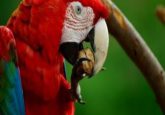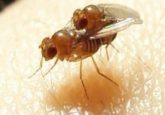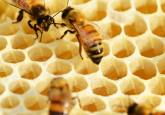Not-so hot-headed peckers
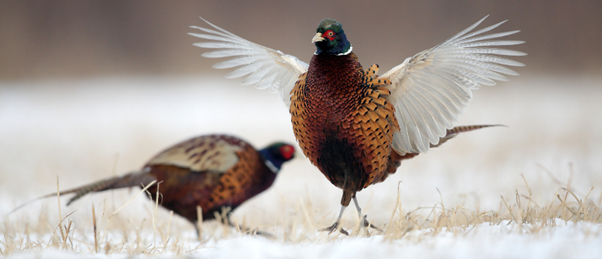
To prepare for a fight, a pheasant’s head cools down due to a stress response, which is of the same level no matter where the pheasant sits in the pecking order.
A team of researchers set out to learn how pheasants’ body temperature changes during aggressive encounters that establish a pecking order – a term coined 100 years ago by Thorleif Schjelderup-Ebbe in his PhD thesis. Setting up thermal imaging cameras, the team observed a group of pheasants who were between 6–7 weeks old and held in captivity (though they have since been released into the wild).
“Thermal cameras provide a unique opportunity to non-invasively measure dynamic changes in physiological state over a short period of time,” explained co-author Mark Whiteside (University of Plymouth, UK). “Using this technique, we were able to measure responses to aggressive interactions, in semi-natural environments, in real time.”
They found that pheasants’ heads cool down prior to a fight as blood rushes to their core due to a physical stress response; blood flow alterations are a common characteristic of stress responses in many animal species. This phenomenon was seen in all pheasants, whether they were the aggressive instigator or the target of aggression.
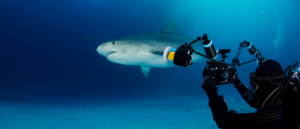 How does baiting affect tiger sharks’ social behaviors?
How does baiting affect tiger sharks’ social behaviors?
The social behavior of tiger sharks has been studied in a 3-year long research project, and it turns out they might be more social than we think.
“We were surprised that both individuals in these aggressive encounters followed a similar pattern of cooling and heating,” commented senior author Tim Fawcett (University of Exeter, UK). “We expected that a fight would be more stressful for the pheasant on the receiving end of the aggression, and therefore that we’d see a stronger response in them.”
Fawcett hypothesized that this could be because it’s equally stressful to maintain a position at the top of the pecking order, as it is to be at the bottom. Further observations suggested that while the same occurred in both male and female pheasants, female pheasants’ heads were, on average, cooler. Normal head temperature for all pheasants was restored post-fight when the stress response ceased, and normal blood flow resumed.
The study alters perceptions of the psychology involved in dominance hierarchies and the levels of stress induced by different occupying different positions within them; raising the question: is life at the top really all it’s cracked up to be?
